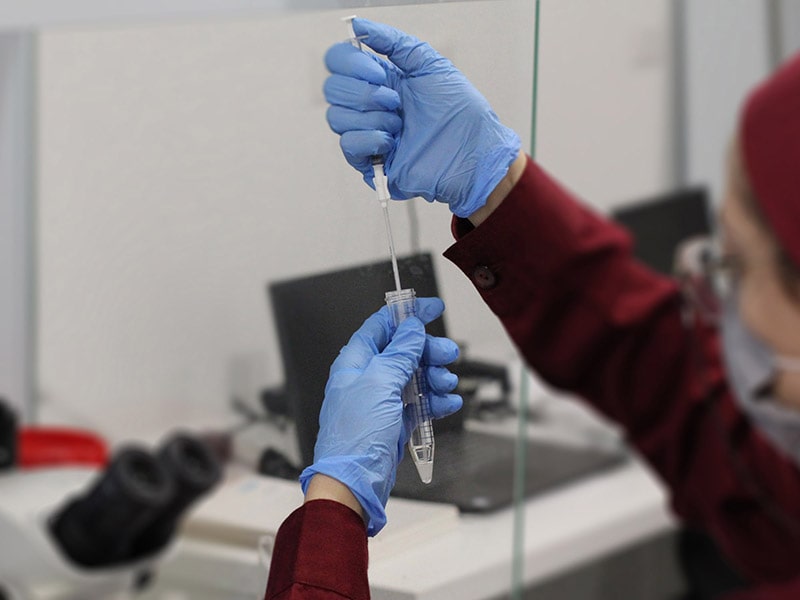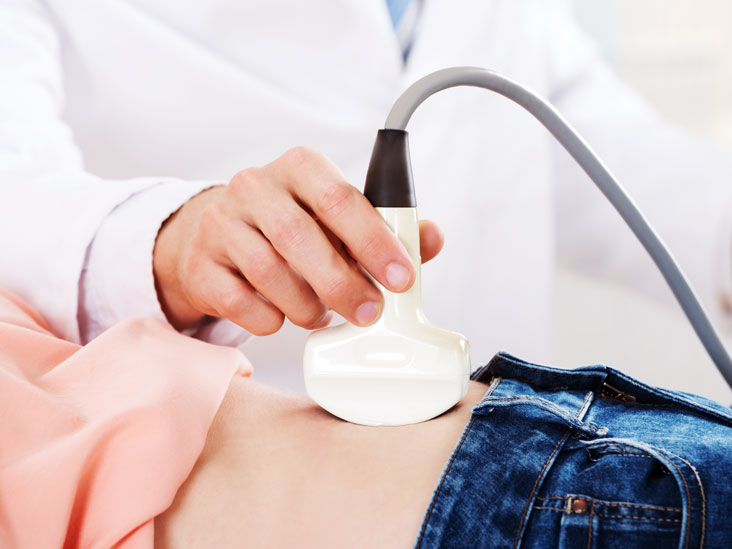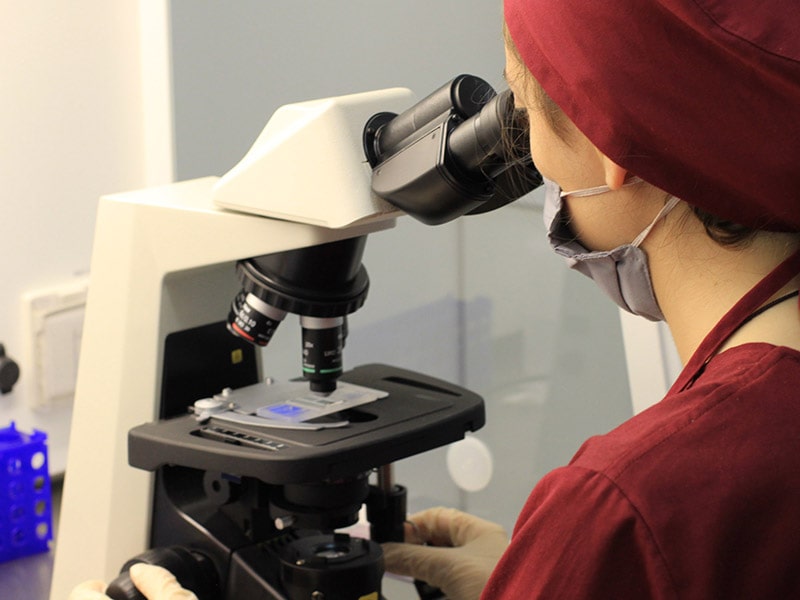Intrauterine Insemination (IUI)
Intrauterine Insemination (IUI)
Also referred to as artificial insemination, it involves injecting the partner’s sperm, after preparation in the laboratory, inside the woman’s uterus using a specific catheter, around the time of ovulation.
When is it used?
IUI is only performed in women with at least one patent tube. It is mainly indicated in:
• Ovulation disorders following ovulation induction
• Mild male factor infertility.
• Unexplained infertility.
• Cervical factor infertility.


Ovulation induction
In the majority of cases, IUI is preceded by an ovulation induction, in order to increase the number of oocytes and the chances of success. The treatment is usually started after the menstrual period, and serial ultrasounds are performed to monitor the follicular growth. When the follicles are mature (diameter ≥17-18 mm), an hCG injection is prescribed to induce ovulation.
Technique
The insemination is usually scheduled 24 to 36 hours after the hCG injection to trigger ovulation. The partner gives the sperm on the same day, after a period of abstinence of 2 to 5 days. The sperm is processed in the laboratory for about 30 -60 minutes in order to separate fast moving sperm from sluggish or non-moving sperm. The sperm is then loaded into a specific IUI catheter, and injected directly inside the uterus. The patient remains in the supine position for approximately 10 minutes and can leave immediately after.

After the insemination
The patient only needs to rest for 10 minutes, and can resume normal activity immediately afterwards. There are no restrictions on daily activity, and no need for home or bed rest. Depending on the indication, the patient might be prescribed some medications for luteal phase support. The home pregnancy test should be performed 14 days after the insemination. When positive, the couple should contact their physician for the follow-up.
Advantages
IUI is a straightforward procedure performed in the laboratory. It is relatively painless, completed in approximately one hour, and does not require any anesthesia. It has several advantages when compared to regular intercourse. First of all, it allows to bypass the female genital tract, and puts the sperm in direct contact with the oocyte. Moreover, it is scheduled around the time of ovulation, thus increasing the chances of fertilization. Finally, it is preceded most of the time by an ovulation induction or an ovarian stimulation, allowing to have more oocytes for fertilization, and thus increasing the chances of success.
